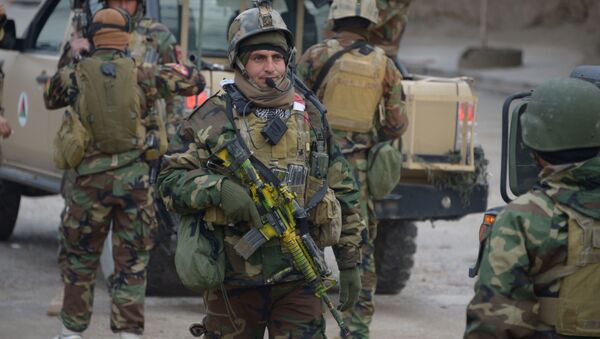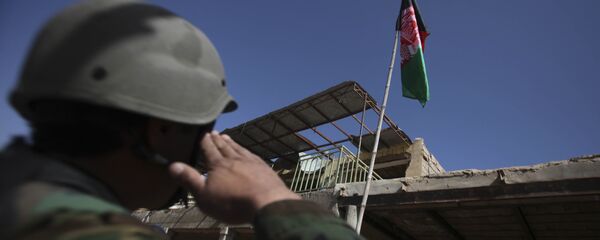"Altogether across the country, only one of 101 infantry battalions is classified as 'ready for battle' and 38 units have 'massive problems,'" the NATO report detailed, according to Spiegel.
"Ten battalions of around 600 soldiers are not operational at all," wrote Spiegel.
"Particularly drastic is a report from the commander of the NATO mission, US General John Campbell, about the situation in the embattled South, where the Taliban have brought ever greater areas under their control."
General Campbell, who has led NATO's Resolute Support mission in Afghanistan since August 2014, said that of 17 battalions stationed in the provinces of Kabul and Kandahar, only 12 were battle-ready to a limited extent.
It has claimed responsibility for a three suicide attacks in the Afghan capital last week that killed five civilians and injured at least 56. On December 9, scores of people were killed when the Taliban attacked Kandahar airport.
Contributing to the lack of readiness for battle, the NATO report also reveals the extent of the loss of troops, through their death or desertion from duty.
"Statistically, in 2015 the Afghan National Army (ANA) lost 22 soldiers every day. With more than 8,000 deaths in one year, the losses have risen by 42 percent in comparison with the previous year."
"Together with the high number of deserters who leave in frustration or defect to the Taliban, the army loses one third of its soldiers every year."
In December 2014, the US and NATO ended its International Security Assistance Force (ISAF) combat mission, which carried out operations against terrorists and provided training and assistance for the Afghan security forces.
Following the end of the ISAF mission, which was succeeded by NATO's smaller noncombat Resolute Support mission, the Taliban has retaken large areas of Afghanistan. It is currently in control of more territory than at any point since 2001, when the US-led invasion toppled the ruling group from power.




